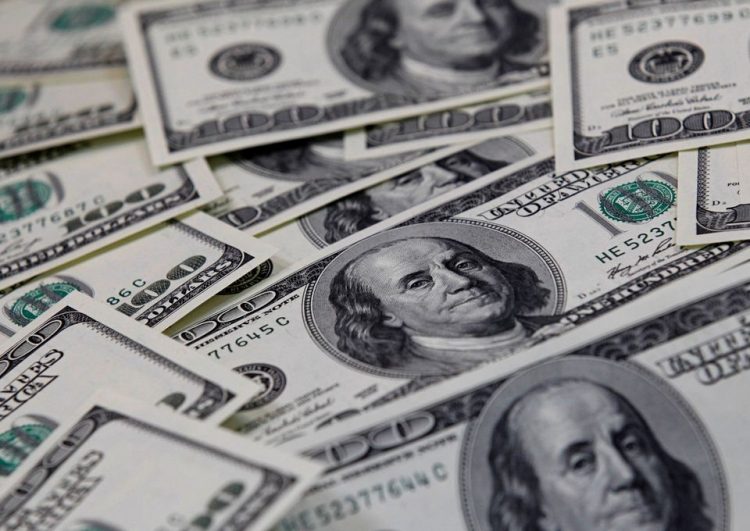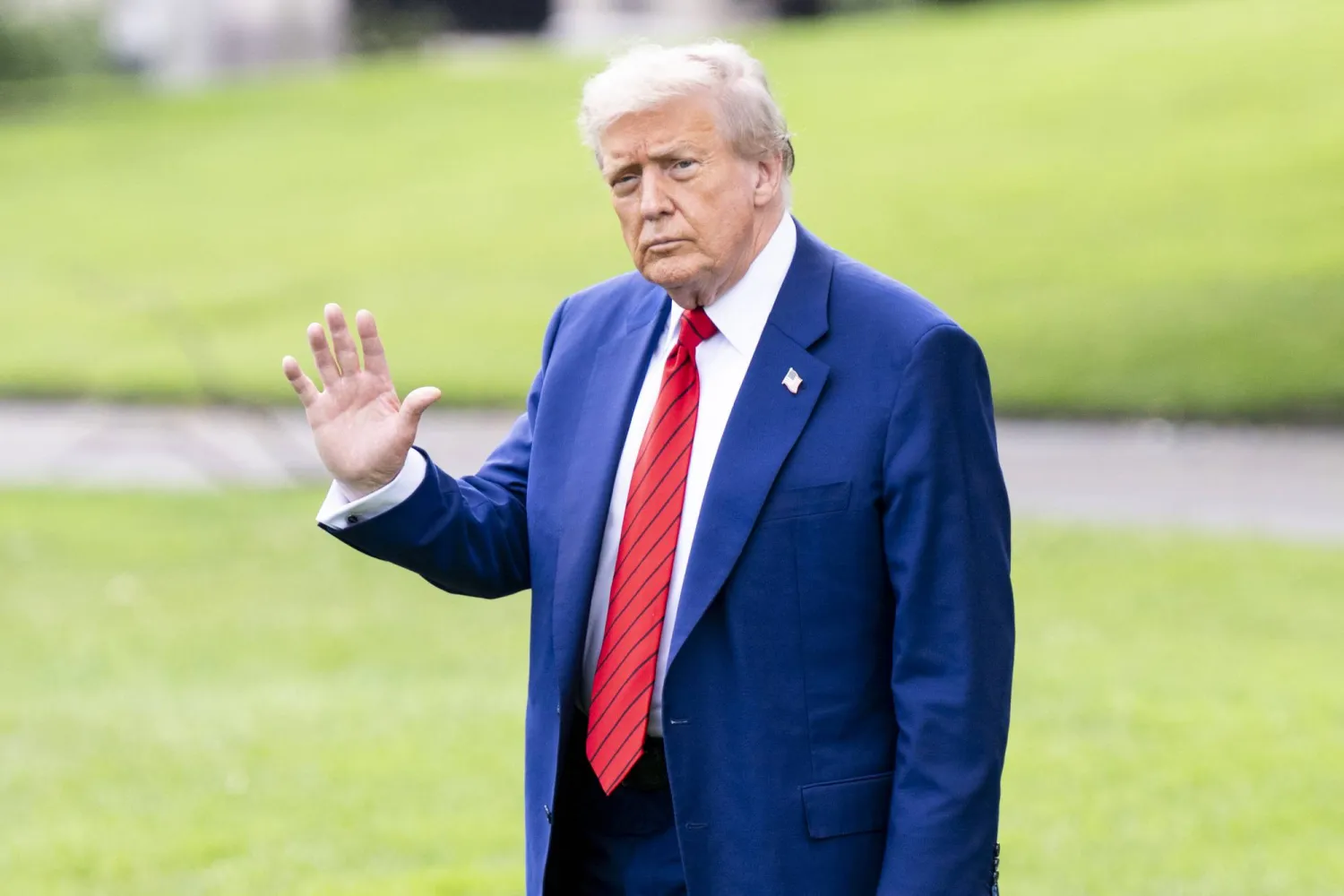Publisher: Maaal International Media Company
License: 465734
Dollar retreats as Powell sticks to usual Fed playbook
اقرأ المزيد
The dollar eased on Wednesday after Federal Reserve Chair Jerome Powell showed little sign of a hawkish pushback against a resilient labour market in the United States, raising hopes that interest rates may not rise much further, Reuters reported.
In a question-and-answer session before the Economic Club of Washington on Tuesday, Powell acknowledged that interest rates might need to move higher than expected if economic conditions remained strong but reiterated that he felt a process of disinflation was underway.
The U.S. dollar struggled to recover its losses in Asia trade on Wednesday, after slipping in the previous session as Powell spoke.
Sterling rose 0.02% to $1.20525, rebounding from Tuesday’s one-month trough of $1.19615.
Similarly, the euro was last marginally higher at $1.0730, after falling to $1.06695 in the previous session, its lowest since Jan. 9.
Against a basket of currencies, the U.S. dollar index steadied at 103.31, after slipping 0.3% in the previous session.
The greenback had a short-lived rally following Friday’s blockbuster jobs report, which showed that nonfarm payrolls had surged by 517,000 jobs last month.
That sent the U.S. dollar index to a one-month high of 103.96 on Tuesday, as investors raised their expectations of how much further the Fed would need to keep raising interest rates. Futures pricing showed that markets are expecting the Fed funds rate to peak just above 5.1% by June.
Elsewhere, the yen last bought at 131.21 per dollar, after surging 1.2% in the previous session.
Japanese real wages rose for the first time in nine months thanks to robust temporary bonuses, data on Tuesday showed, offering a glimmer of hope to investors, who are closely following wage trends in the country.
The kiwi slipped 0.02% to $0.6324, while the Aussie advanced 0.06% to $0.6964, after surging more than 1% on Tuesday.
The Reserve Bank of Australia on Tuesday raised its cash rate by 25 basis points, as expected, but reiterated that further increases would be needed, indicating a more hawkish policy tilt than many had expected.
“Most market participants were kind of caught off guard by the hawkish tilt,” said Carol Kong, a currency strategist at Commonwealth Bank of Australia. She now expects two more 25 basis-point rises in March and April, taking the cash rate to a peak of 3.85%.








